Burkina Faso is certainly not on the travel itineraries of many tourists. Generally foreigners who visit this land locked country are NGO workers, diplomats, businessmen or those that transit through it from countries such as Mali or Ghana. We usually avoid capital cities if we can, since they are generally congested, noisy, polluted and navigating around them in our large cruiser is very stressful. However we needed to get our Ghana visas in Ouagadougou, the capital of Burkina Faso, so it was necessary for us to visit “Ouaga” as the locals refer to the capital. It was with some trepidation that we headed across the barren north of Burkina towards the capital with the most musical sounding name in the world.With a population of over 1million it is not an insignificant city and other cities of that size have taken some getting used to before we knew our way around.
Enlarge

Adventurouspirits
Enlarge

Adventurouspirits
Enlarge
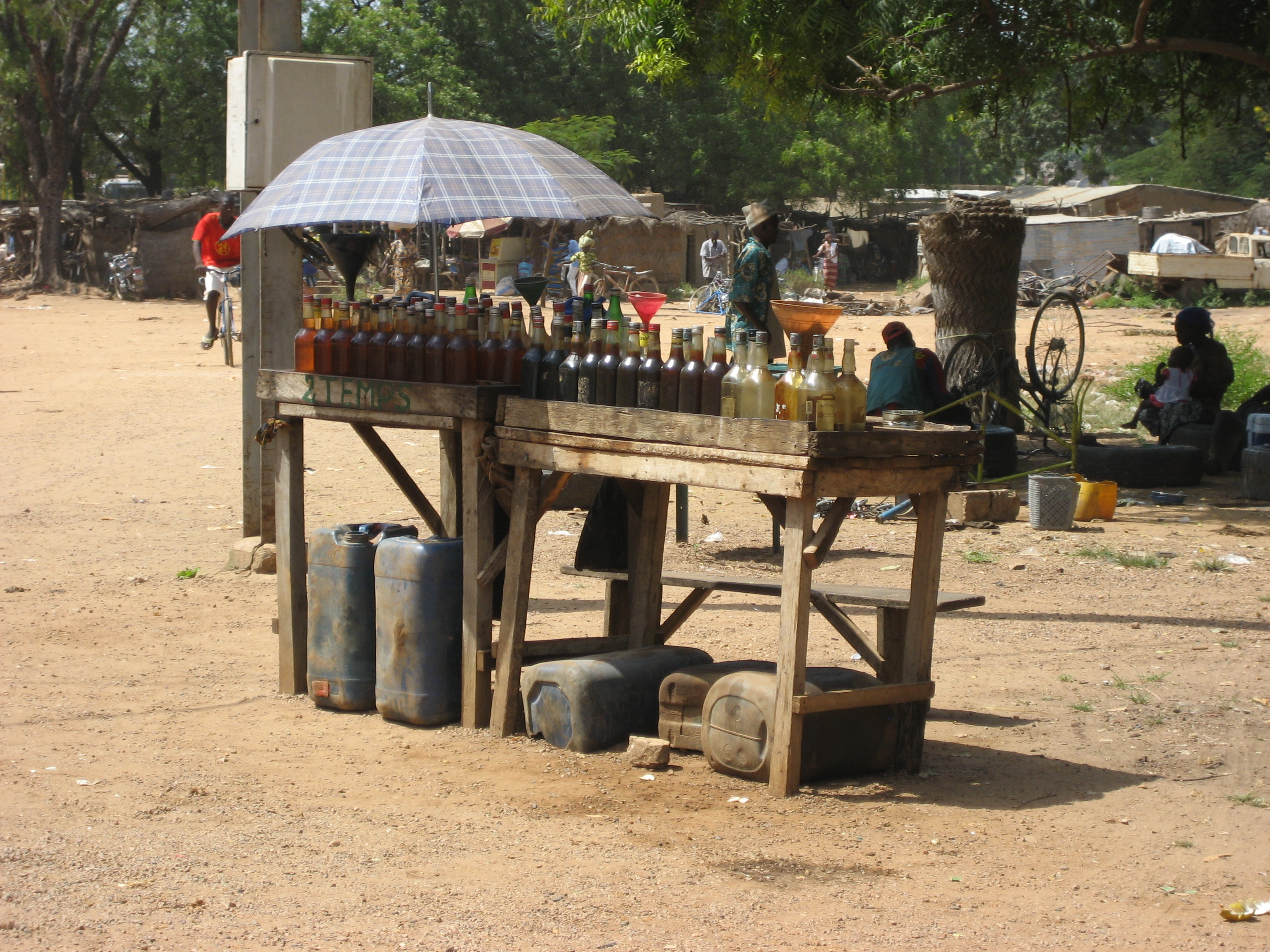
Adventurouspirits
Enlarge

Adventurouspirits
The map showed that Ouagadougou has a ring road, but by now I had lost all faith in guidebook maps since they appeared to bear little resemblance to reality. A fact you generally discovered once you were hopelessly stuck in the middle of a market which had apparently popped up after the map was published.
So it was a pleasant surprise to find a double lane highway; a ring road around the city. Once in the city, traffic was moving, street lights were working and streets had names and it was clean and nowhere else in Africa had we seen the pathways running parallel to the streets for the ubiquitous mopeds, scooters and cyclists. . They even had a separate set of traffic signals allowing them to move effortlessly through big intersections without blocking the other traffic. What a pleasant change.
Enlarge
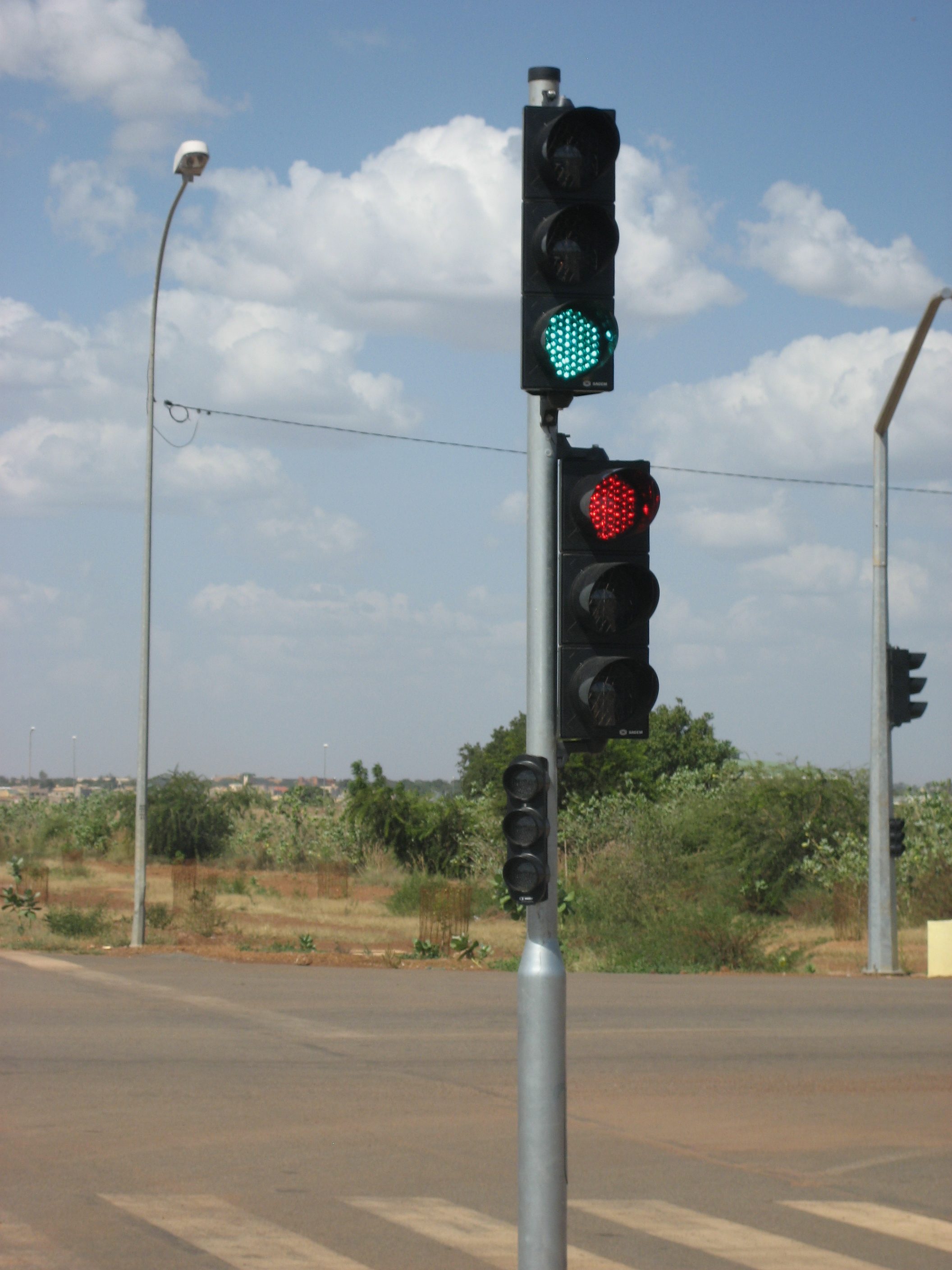
Adventurouspirts
We headed for the hotel that we heard allowed free camping in the grounds. Located right next door to a huge truck stop we were in for several nights of diesel fumes, trucks starting and stopping, and a billion mosquitoes but we did not complain too much as the camping was free if we ate a meal in the restaurant and the food was good.
Enlarge

Adventurouspirits
Enlarge

Adventurouspirits
Tomorrow I believed we would see the true nature of the capital as we drove around, narrow clogged alleyways with no street names, and dead ends, trying to locate the Ghanaian Embassy. I got busy with the task of inserting GPS points into my GPs and studying the map ready for the daunting task of locating the embassy.
It seemed straight forward enough, so once I was ready we bravely entered the diesel choked world of the African capital. There must be a mistake, the roads were still clear, vehicles were moving smoothly.
We were completely surprised and decided that not only was this the best organized African capital we had ever visited but that it could probably teach Calgary a few things about traffic flow. It wasn’t long before we were handing our passports in at the Ghanaian embassy and we were so confident about driving around that we went looking for some other interesting spots such as the artisans’ village and the new president’s palace.This rather imposing structure, which is larger that the White House, we suspect was built with the help of a generous financial contribution from Libya noting the road leading to the Presidential Place, is called Ghadaffi Road. It is located on the southern outskirts of the city and has a manicured, completely empty large four lane highway leading to its impressive entrance.
Enlarge

Adventurouspirits
These expensive buildings certainly gave us pause to wonder how so much money can be spent in this manner when Burkina Faso is one of the poorest countries in the world and is ranked 174 out of 177 countries on the UN Development Program; the (UNDP) Human Development Index Life expectancy at birth is 47.9 years and 39 percent of the population is without access to an improved drinking source. The literacy rate is low at 21.8 percent and the combined primary, secondary and tertiary gross enrolment ratio is 26.4 percent.
Enlarge

Adventurouspirits
The hotel where we were camping was buzzing with organizational frenzy. Numerous French and local workers were making posters, co-coordinating schedules, having impromptu meetings and generally scurrying about, Since it was all happening in French we could not figure out what it was all about but being curious so we set about finding out what was going on.
It didn’t take long, since we soon noticed a rather colourful poster announcing the world famous “Tour de Faso”. The Tour du Faso is a 10 day road bicycle racing stage race held in Burkina Faso in the late fall. Since 2005, the race has been part of the UCI Africa Tour. The race covered 811 miles (1306 km) in 2006 and is televised. The race was first held in 1987. The race is operated by the Amaury Sport Organization, the same organization that operates the Tour de France.
Who would’ve guessed, that one of the poorest countries in the world would host one of the most prestigious road cycling events in the world. Another complete surprise from the already surprising Ouagadougou.
Every evening we would watch as more and more trim and fit, internationally renowned cyclists descended on this impoverished capital ready to do battle against each other, the heat, narrow roads and pollution. Since it is a ten day race we didn’t stick around to take it in, but we are watching to see who gets the big prize.
Enlarge

Adventurouspirits
Before leaving Ouagodougo we visited an international artists park. A number of rock sculptures had been created and one could wander around freely enjoying the local and international creativity.
Enlarge
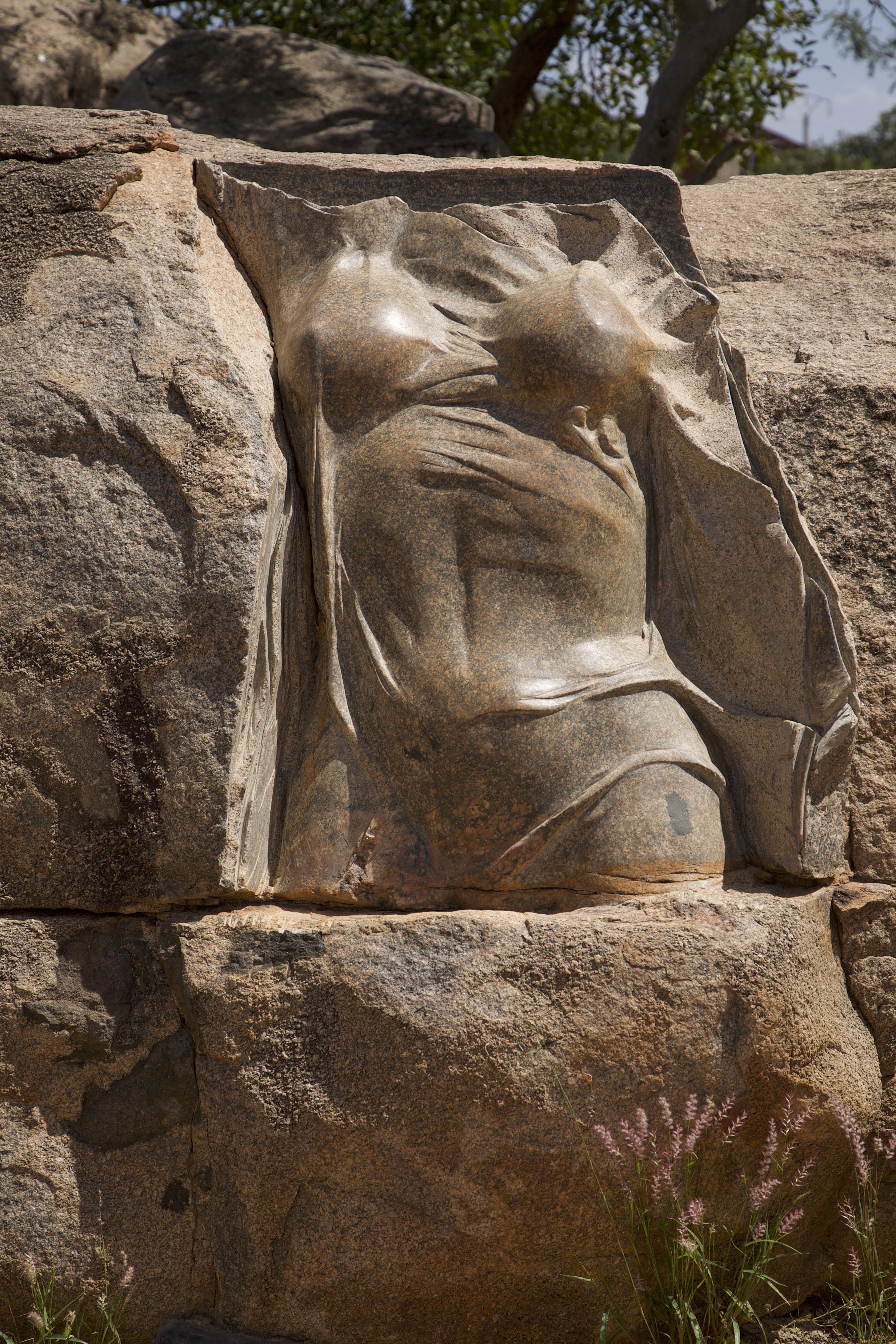
Adventurouspirits
Enlarge

Adventurouspirits
After having traveled through 26 African countries and seen literally thousands of African villages the idea of taking a 70 km detour on a bad road to visit yet another one held little appeal for me yet Janet wanted to visit this village. The guidebook described the mud village of the Kassena people as a “unique marvel”. Fearing this description to be that used by the travel writers promoting certain destinations through the liberal use of superlatives, I was more cynical than convinced that the diversion would be worth the trouble. However since it was not that far from our intended route to Ghana we turned east into the bush to try to get some flavor of how some of the rural people in Burkina live.
Being a fairly popular tourist destination we were besieged by “guides” as soon as we entered the village. Fortunately a man on a mountain bike wearing a T-shirt which had the words “official guide” printed on it suddenly appeared in front of us and indicated that we should follow him.
What followed was a truly a wonderful experience. He showed us around the Royal enclosure. The village is indeed a unique marvel. With its painted walls, figure of eight houses, mythic symbols and narrow passages. We were so impressed with the clever and innovative yet simple ways in which the villages built protection from the heat and cold, created windows to let in the light through the roofs and made very low height entrances to decrease the chances of them being surprised and overpowered by intruders.
Enlarge
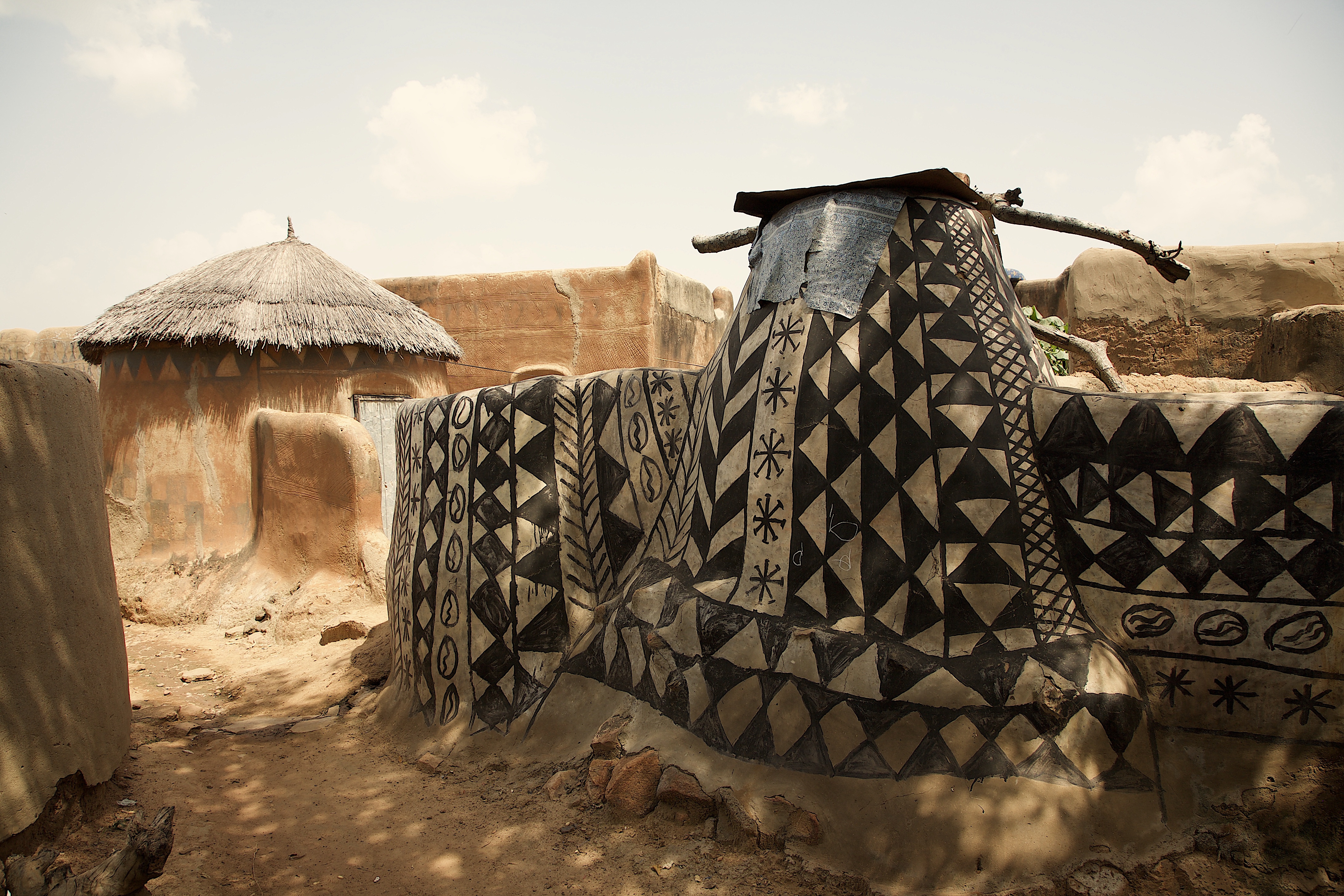
Adventurouspirits
Enlarge

Adventurouspirits
Enlarge

Adventurouspirits
Enlarge

Adventurouspirits
Enlarge

Adventurouspirits
Enlarge

Adventurouspirits
Enlarge
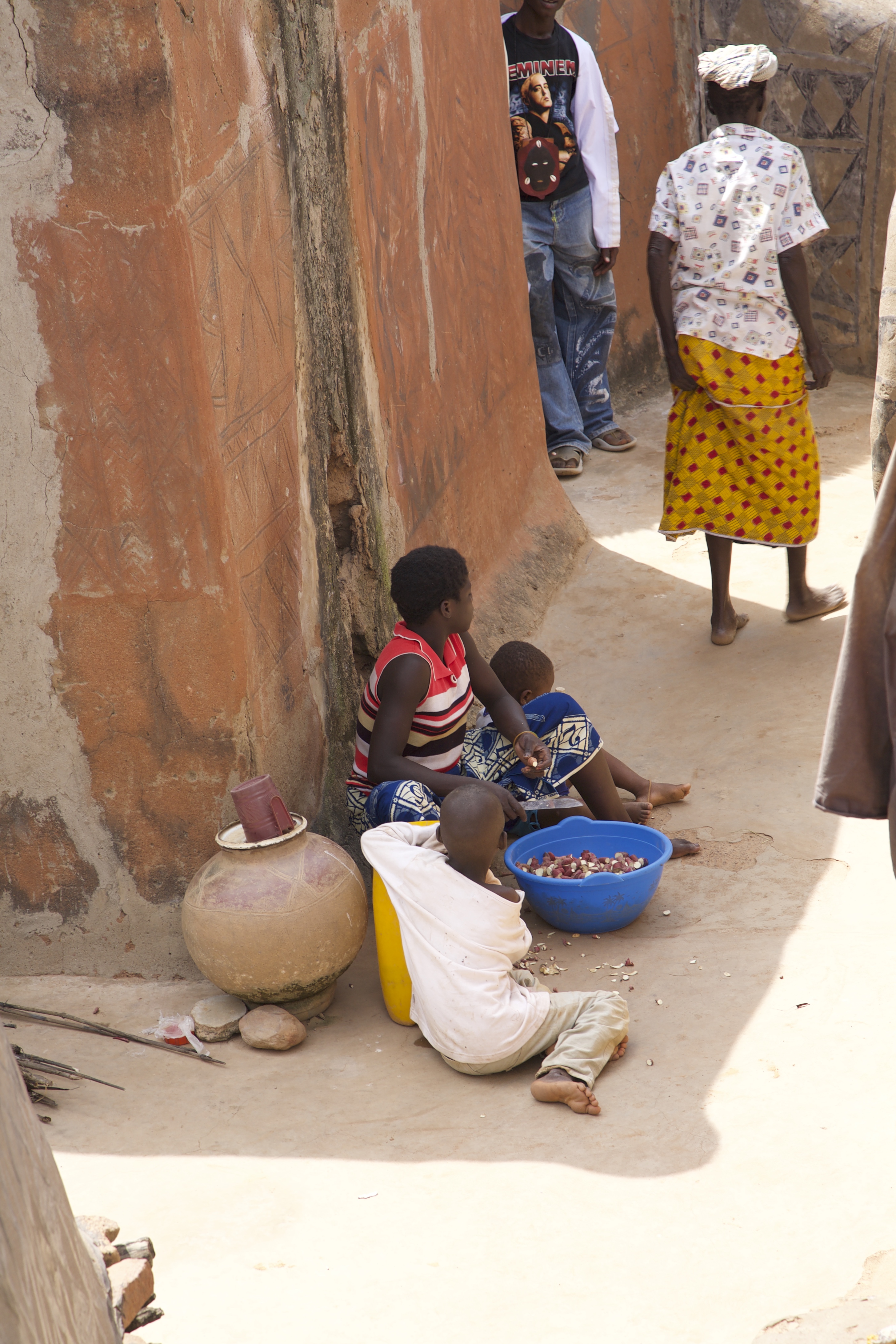
Adventurouspirits
Enlarge

Adventurouspirits
Enlarge

Adventurouspirits
Enlarge
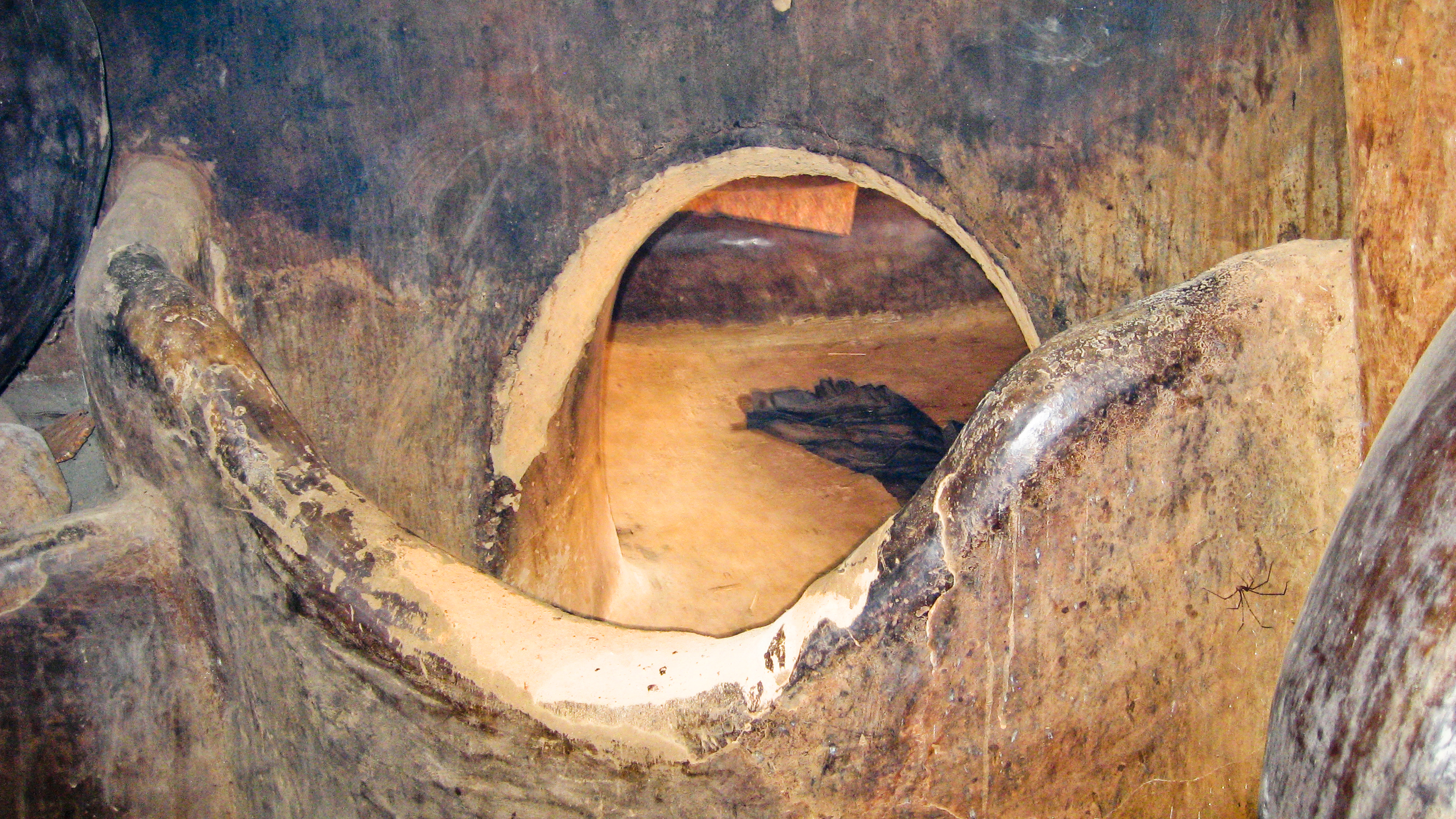
Adventurouspirits
Enlarge

Adventurouspirits
Enlarge

Adventurouspirits
We both agreed that this was an incredible experience.
